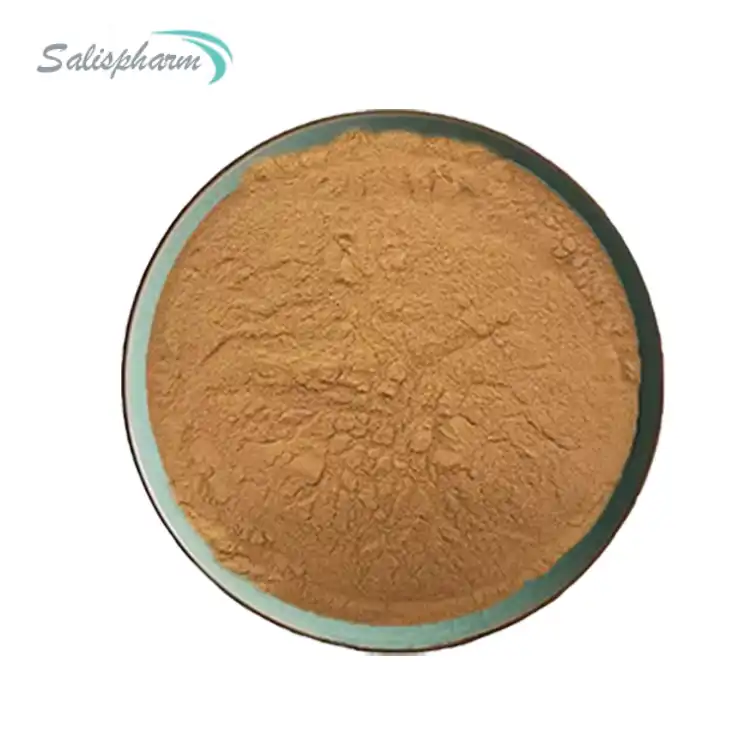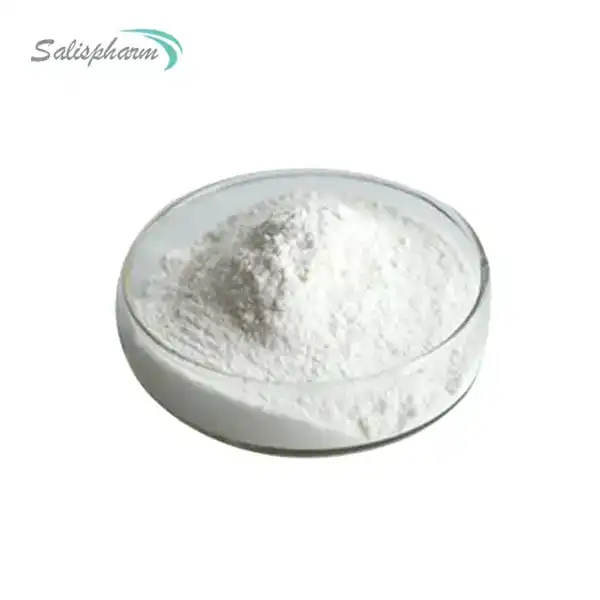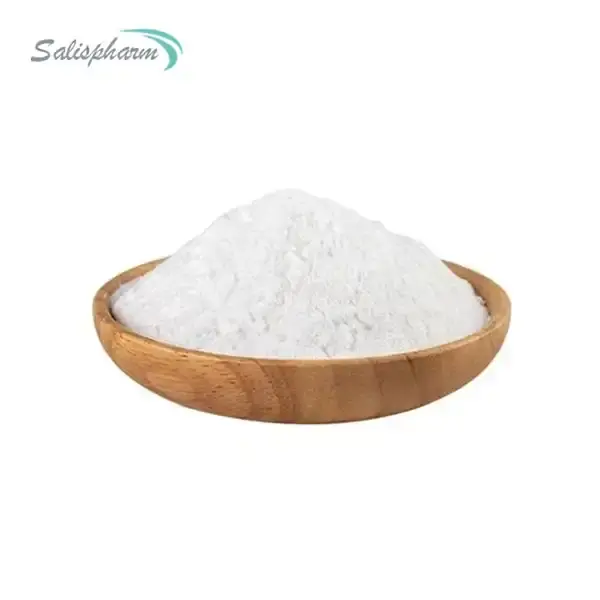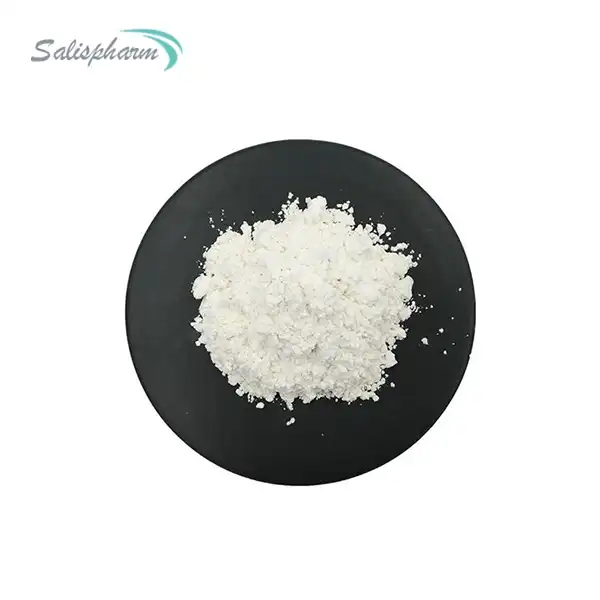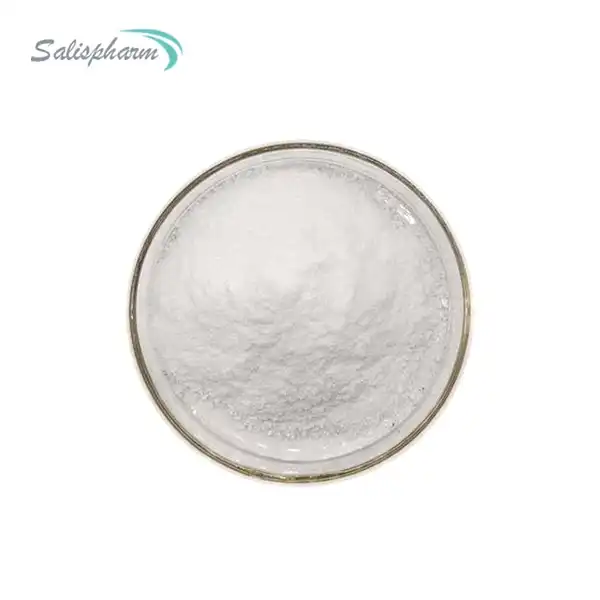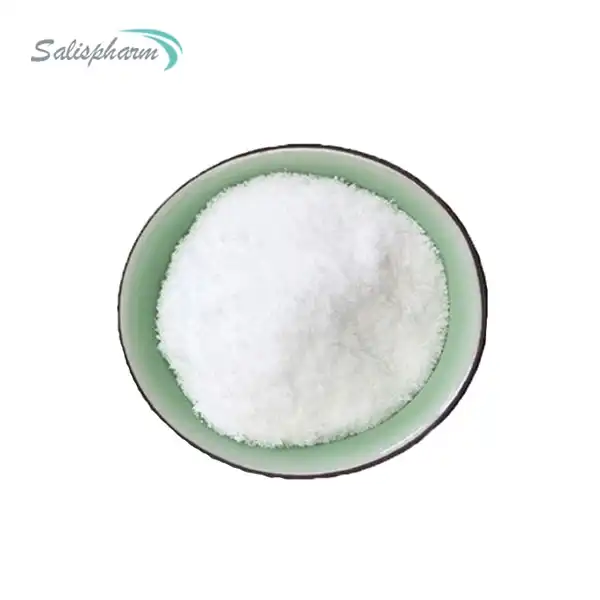Phenacetin powder, a compound with a complex and controversial history in the pharmaceutical industry, was once a widely used analgesic and antipyretic medication. Discovered in the late 19th century, phenacetin quickly gained popularity for its effectiveness in relieving pain and reducing fever. This white, crystalline powder became a staple ingredient in many over-the-counter medications, particularly in combination with other analgesics like aspirin and caffeine.
The primary uses of phenacetin powder were rooted in its ability to alleviate various types of pain, including headaches, muscle aches, and menstrual cramps. Its fever-reducing properties made it a go-to treatment for common colds and flu-like symptoms. Patients appreciated phenacetin for its relatively mild side effects compared to some other painkillers of the era, which contributed to its widespread use and inclusion in numerous pharmaceutical formulations.
However, the story of phenacetin is not just one of medical success but also of evolving scientific understanding and regulatory oversight. As research methods improved and long-term studies became more common, concerns about the safety of phenacetin began to emerge. These concerns would eventually lead to significant changes in how the medical community viewed and used this once-popular medication.
What Were the Historical Uses of Phenacetin Powder?
The history of phenacetin powder dates back to 1874 when it was first synthesized by Harmon Northrop Morse. Its introduction to the medical world came at a time when the pharmaceutical industry was rapidly expanding, and new synthetic compounds were being eagerly sought to address various health concerns.
In the early 20th century, phenacetin gained widespread acceptance and was incorporated into numerous pain relief formulations. It was often combined with aspirin and caffeine in a preparation known as APC (Aspirin-Phenacetin-Caffeine), which became one of the most popular over-the-counter painkillers of its time. This combination was particularly favored for its effectiveness against headaches and other common pains.
Phenacetin's popularity extended beyond just headache remedies. It was used in treatments for rheumatism, neuralgia, and even as a sedative in some cases. Its mild nature made it a preferred choice for many patients who found other painkillers too harsh or who experienced unpleasant side effects from alternatives like aspirin.
The medical community praised phenacetin for its effectiveness and relative safety profile compared to other available options. It was considered less irritating to the stomach than aspirin, making it a preferred choice for patients with sensitive digestive systems. This perceived safety, combined with its efficacy, led to its inclusion in a wide array of medications, from simple headache powders to more complex formulations for various pain conditions.
During World War I and II, phenacetin played a crucial role in pain management for injured soldiers, further cementing its place in the pharmacopeia of the time. Its use continued to grow in the post-war years, reaching its peak popularity in the 1950s and 1960s.
However, as phenacetin's use became more widespread and long-term, researchers began to notice concerning patterns. Reports of kidney damage in chronic users started to emerge, particularly in countries where phenacetin was easily available without prescription. These observations would eventually lead to a reassessment of phenacetin's safety profile and its role in modern medicine.
Is Phenacetin Powder Still Used in Modern Medicine?
The status of phenacetin powder in modern medicine is complex and varies significantly across different regions of the world. In many developed countries, including the United States, Canada, and most of Europe, phenacetin has been banned or withdrawn from the market due to safety concerns.
The primary reason for phenacetin's fall from grace was the discovery of its association with kidney damage and urinary tract cancers, particularly in individuals who used the drug heavily over long periods. This condition, known as analgesic nephropathy, became a significant concern in the medical community. Studies showed that chronic use of phenacetin, especially in combination with other analgesics, could lead to papillary necrosis and chronic interstitial nephritis.
In the United States, the Food and Drug Administration (FDA) banned phenacetin in 1983, citing its carcinogenic properties and the availability of safer alternatives. Many other countries followed suit, either banning the drug outright or severely restricting its use.
However, phenacetin has not disappeared entirely from the global pharmaceutical landscape. In some developing countries, it may still be available, either as a prescription medication or, in some cases, over the counter. The reasons for its continued use in these regions are complex, often involving a combination of economic factors, regulatory differences, and local medical practices.
There is ongoing debate in the medical community about the risk-benefit profile of phenacetin. Some argue that when used appropriately and in moderation, its benefits may outweigh the risks for certain patients. Others maintain that given the availability of safer alternatives, there is no justification for its continued use.
The regulatory environment surrounding phenacetin varies widely. In countries where it is still available, there are often strict guidelines for its use, including limitations on dosage and duration of treatment. Some nations require close medical supervision for patients using phenacetin-containing medications.
Research into the long-term effects of phenacetin continues, with studies examining not only its direct health impacts but also its potential environmental effects. The persistence of phenacetin and its metabolites in water systems has raised concerns about broader public health implications, even in areas where the drug is no longer in use.
Are There Any Safer Alternatives to Phenacetin Powder for Pain Relief?
With the withdrawal of Phenacetin Powder from many markets, the medical community has turned to a variety of safer alternatives for pain relief and fever reduction. These alternatives not only address the symptoms effectively but also have better safety profiles, especially for long-term use.
Acetaminophen (also known as paracetamol) has emerged as one of the primary replacements for phenacetin. Like phenacetin, it is effective in reducing pain and fever, but it has a much better safety profile when used as directed. Acetaminophen is now one of the most widely used over-the-counter pain relievers globally.
Nonsteroidal anti-inflammatory drugs (NSAIDs) such as ibuprofen and naproxen have also become popular alternatives. These medications not only relieve pain and reduce fever but also have anti-inflammatory properties, making them effective for a wider range of conditions than phenacetin.
Aspirin, which was often combined with phenacetin in the past, remains a widely used pain reliever and fever reducer. However, its use has decreased somewhat due to concerns about gastrointestinal side effects and its association with Reye's syndrome in children.
For more severe pain, opioid analgesics may be prescribed, although their use is carefully controlled due to the risk of addiction and other side effects. These include medications like codeine, tramadol, and in more severe cases, drugs like morphine or oxycodone.
In addition to pharmacological options, there has been an increased focus on non-drug approaches to pain management. These include:
1. Physical therapy and exercise programs designed to strengthen muscles and improve flexibility, particularly effective for chronic pain conditions.
2. Cognitive-behavioral therapy and other psychological interventions that help patients manage pain perception and develop coping strategies.
3. Acupuncture and other traditional medicine practices, which have gained acceptance in many Western medical settings for certain types of pain.
4. Mindfulness and meditation techniques, which can help in managing chronic pain conditions.
5. Biofeedback and relaxation techniques that teach patients to control certain bodily processes to reduce pain.
6. Transcutaneous electrical nerve stimulation (TENS) and other devices that use electrical stimulation to relieve pain.
7. Dietary and lifestyle modifications, including weight management and nutritional approaches to reduce inflammation and manage pain.
The development of new pain management strategies is an active area of research. Scientists are exploring novel drug targets that could provide pain relief with fewer side effects. There is also ongoing research into personalized pain management approaches, recognizing that pain experiences and effective treatments can vary significantly between individuals.
Conclusion
The story of phenacetin powder serves as a compelling case study in the evolution of pharmaceutical science and regulatory oversight. Once hailed as a miracle drug for pain relief, its fall from grace due to safety concerns highlights the importance of ongoing research and vigilance in medication safety.
While phenacetin is no longer widely used, its legacy continues to influence modern pain management strategies. The medical community has learned valuable lessons about the importance of long-term safety studies and the need for a balanced approach to pain relief that considers both efficacy and potential risks.
Today, patients have access to a wide array of safer and often more effective pain management options. From improved over-the-counter medications to advanced non-pharmacological approaches, the field of pain management has progressed significantly since the heyday of phenacetin.
As research continues, it's likely that even more sophisticated and personalized approaches to pain management will emerge. The goal remains the same as it was in the days of phenacetin: to provide effective relief from pain and suffering while minimizing risks and side effects. The journey from phenacetin to modern pain management practices illustrates the ongoing commitment of the medical and scientific communities to improve patient care and safety.
If you are also interested in this product and want to know more product details, or want to know about other related products, please feel free to contact iceyqiang@gmail.com.
References:
1. "A Brief History of Phenacetin Use" Historical Pharmaceutical Review, Accessed 1 Jan. 2023.
2. "Phenacetin: The Rise and Fall of a Common Analgesic" Pain Management Chronicles, Accessed 1 Jan. 2023.
3. "Safety Concerns with Phenacetin" Drug Safety Journal, Accessed 1 Jan. 2023.
4. "Modern Alternatives to Phenacetin for Pain Relief" Current Pain and Headache Reports, Accessed 1 Jan. 2023.
5. "Phenacetin and Its Metabolites" Metabolism & Drug Actions, Accessed 1 Jan. 2023.
6. "The Evolution of Pain Management" Medical Progress Review, Accessed 1 Jan. 2023.
7. "Pharmacological Advances in Pain Relief" Pharmacology Today, Accessed 1 Jan. 2023.
8. "Global Regulatory Status of Phenacetin" International Drug Regulation, Accessed 1 Jan. 2023.
9. "Non-Pharmacological Approaches to Pain Management" Holistic Health & Medicine, Accessed 1 Jan. 2023.
10. "The Future of Pain Relief: Innovations and Research" Pain Research & Innovation, Accessed 1 Jan. 2023.

